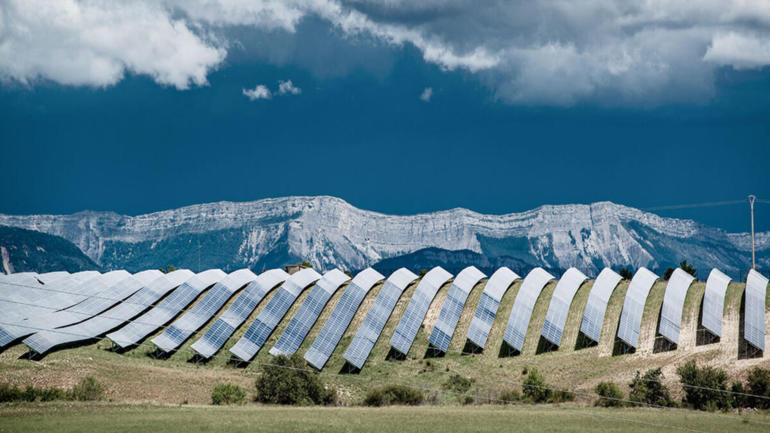Geneva, 9 February 2021: In conjunction with World Business Council for Sustainable Development (WBCSD), The Mixing Bowl and Croatan Institute, U.S. Farmers & Ranchers in Action (USFRA) today issued a new report that analyzes the state of soil health technology and identifies opportunities to realign private sector capital to scale-up the adoption of climate-smart agriculture on farms and ranches across the U.S.
By 2025, widespread adoption of climate-smart agriculture practices could reduce U.S. agriculture’s contribution to total U.S. GHG emissions from 9.9%1 to 3.8%. These practices – including rotating crops, planting cover crops, reducing tillage and integrating crop and livestock systems – improve soil health, sequester carbon and produce co-benefits such as reduced erosion, increased water infiltration, and economic and environmental resiliency. By 2035, with increased investments and partnerships across the food and agriculture value chain and the integration of promising frontier technologies, U.S. agriculture has the potential to be a carbon sink, at -4% of total U.S. GHG emissions.
Erin Fitzgerald, USFRA CEO said: “As the U.S. Food and Ag sector coalesces around our first-ever sustainable development vision, Decade of Ag; it is critical the financial community partners with farmers and ranchers to unlock the potential of our soils to help the U.S. achieve a transitional net-zero economy. Farmers and ranchers and the sector need investment over the next decade to realize the potential of agricultural soils as a natural climate solution and, at the same time, revitalize rural communities.”
The new report makes the case that investors should consider climate-smart agriculture investments alongside sustainable forestry and renewable energy as critical to reaching a net-zero carbon economy and meeting the UN Sustainable Development Goals.
David Bennell, Manager, Food & Nature, WBCSD North America said: "This report shows that nearly USD $1 trillion of private capital flows annually through the U.S. agricultural system. It provides important insights into how companies and financial institutions can realign and increase their investments to support and incentivize climate smart agriculture practices that reward farmers and ranchers for improving soil health, enhancing water conservation and water quality, and helping build resilient and healthy rural communities.”
From a technology standpoint, the agriculture sector needs granular, accessible and efficient tools for soil sampling and soil carbon measurement, as well as the underlying data standards, methodologies and datasets to support decision making. Recommendations in the report include:
- Invest in market-based solutions measuring soil health indicators versus outcomes
- Invest in a national repository of soil carbon reference data
- Coalesce around the standardization of reference laboratory methods, spectral measurements, and the exchange of soil data
- Accelerate adoption of Farm Management Software (FMS)
- Invest in solutions to leverage farmer and rancher know-how and speed collaboration
There is also an opportunity to increase total investment in agriculture with the growing pool of environmental, social and governance (ESG) capital looking for impacts related to sustainability, socially responsible, or mission-aligned investment opportunities. Cumulatively, these investors can make a big impact by investing in agriculture that enables and targets climate-smart practice adoption and soil health outcomes.
This report is an important step toward turning the promise of soil carbon sequestration into a reality. To continue building momentum, USFRA’s Transformative Investment (TI) Action Network will bring together farmer and rancher ecosystems with data/technology providers, investors and members of the food and agriculture value chain to co-create action plans and funding/investment streams. The end game: regenerate America’s agricultural soils as a pathway to revitalizing rural communities and reducing agriculture’s carbon footprint, to meet the challenges of the next 30 Harvests.
WBCSD contact point
David Bennell, Manager, Food and Nature
1 EPA. Sources of Greenhouse Gas Emissions. Accessed 2/4/21: https://www.epa.gov/ghgemissions/sources-greenhouse-gas-emissions








